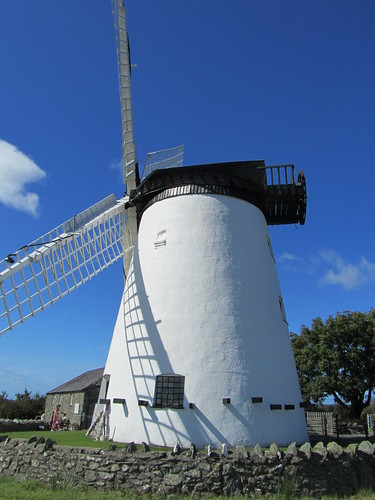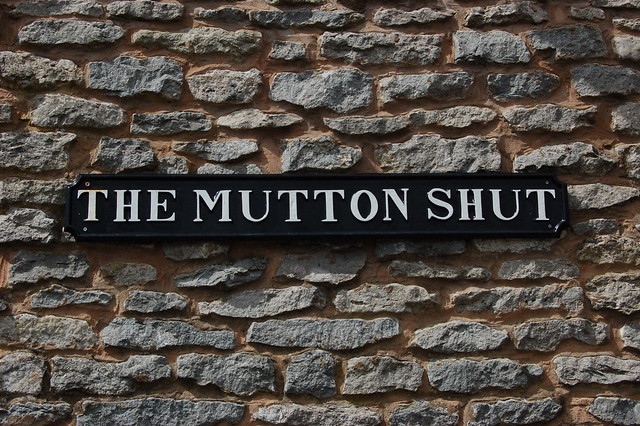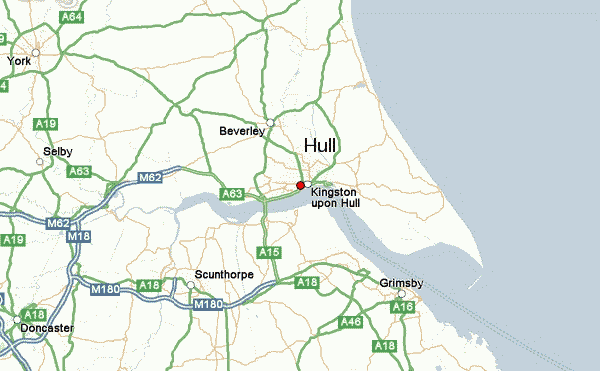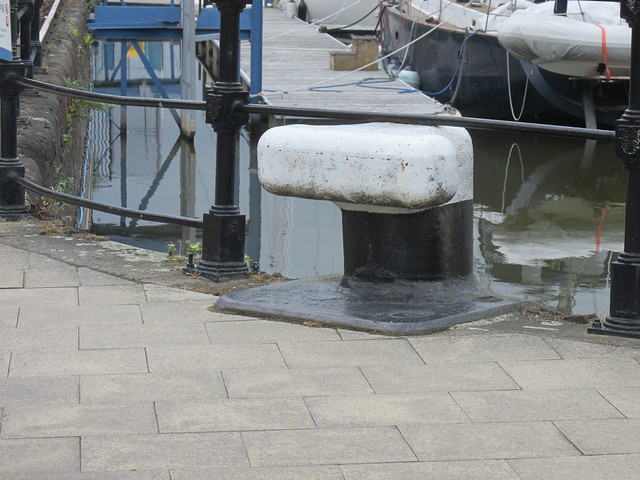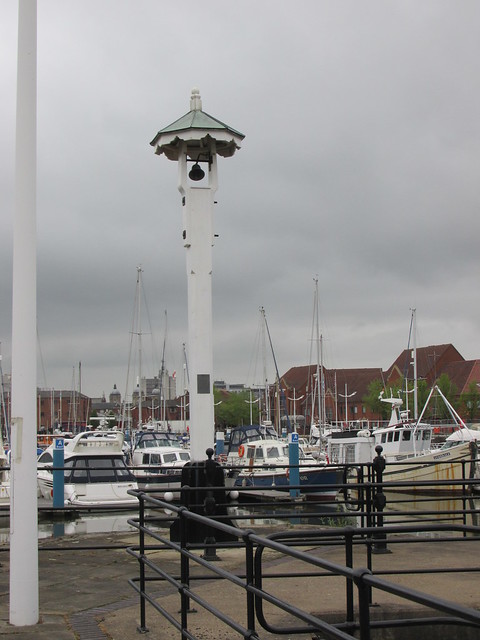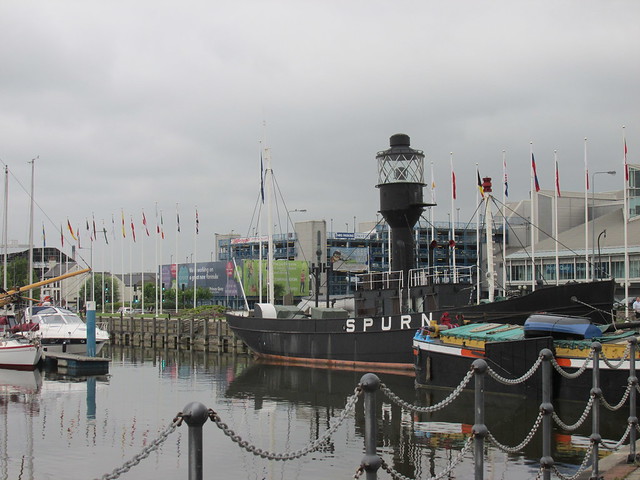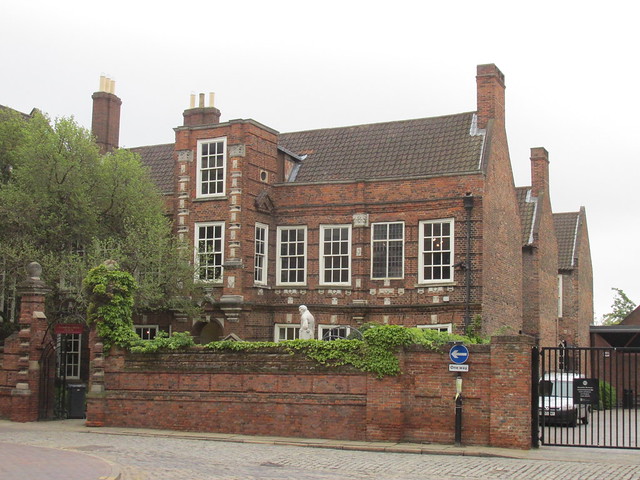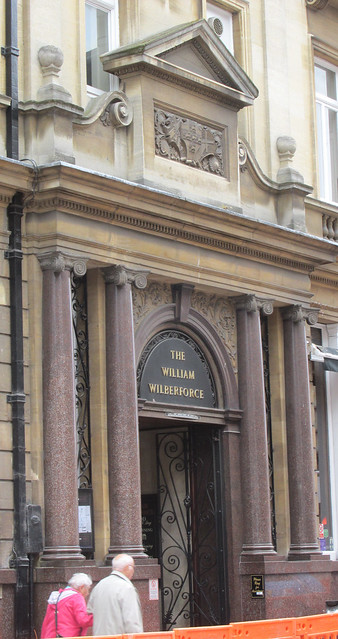1 Inspiration
 |
| Rotunda museum |
We're starting with one that played a very important part in my life. As you can tell from the photo, it's a museum. In fact it's the first museum that I consciously remember visiting. It's in my home town of Scarborough and it's called The Rotunda.
It was set up to house the rock collection of one William "Strata" Smith, the man who drew the first geological map of Britain. He collected some 8,000 specimens, including numerous 'type' fossils (the ones used to define species for comparison with future finds) while studying the Yorkshire coast in the 1820s.
But it's the later, archaeological, collection that set me on course to become known as The History Anorak. Among the exhibits on show is a Bronze Age coffin, complete with skeleton, now known as Gristhorpe Man. In my innocence as a child I was fascinated by the fact that the 'man' seemed to be too big for the coffin displayed with him. This was actually a side effect of the way his skeleton had been reconstructed. The wiring at the joints had added a few millimetres between each of the bones, with the result that the finished body was about six inches taller than it would have been in life. (Yes, I know I just mixed my measurements, but you can probably imagine them better this way.)
My fascination with the body led to a childhood interest in all things archaeological, and that later led to a degree in archaeological science. In turn that led to a job studying the history of the Midlands canal system, and eventually the History Anorak website and blogs, and you reading this!
2 Perspiration
 |
| Bottle kilns |
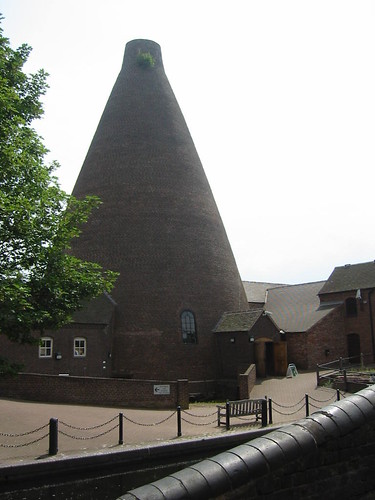 Pictures two and three are of buildings associated with industry and, in particular, industries that need a lot of heat. Left is of a group of bottle kilns that can be found at the Gladstone Pottery Museum in Stoke on Trent. It'll be familiar if you watched any of the Great British Pottery Throwdown. These huge chimneys are actually kilns. The pots to be fired are stacked inside. Delicate items are placed into big pots called saggars to protect them. Then a fire is laid inside the kiln and sealed in with bricks to bake the clay.
Pictures two and three are of buildings associated with industry and, in particular, industries that need a lot of heat. Left is of a group of bottle kilns that can be found at the Gladstone Pottery Museum in Stoke on Trent. It'll be familiar if you watched any of the Great British Pottery Throwdown. These huge chimneys are actually kilns. The pots to be fired are stacked inside. Delicate items are placed into big pots called saggars to protect them. Then a fire is laid inside the kiln and sealed in with bricks to bake the clay.The photo on the right looks similar but is significantly different. It's a glass cone at Stourbridge in the West Midlands. Unlike potters, glassmakers have to be able to work on their material while it's still molten and pliable. So their kilns are created at the heart of a huge brick cone, but they are inside with it while it's lit. It's hot work, as visitors to Red House Cone Museum can feel for themselves. There's a resident glass blower who makes wonderful items that can then be bought in the museum shop.
3 Hydration
This building isn't a museum. It isn't round either, but it's close. Although it's no longer in use, it was originally a water tank. The keen-eyed among you, and anyone who's ever been there, will recognise the south coast town of Rye. You'll find it just below St Mary's Church. There's a plaque nearby that says it was completed in 1735. According to the British Water Tower Appreciation Society (yes, such a thing exists) it's not technically a water tower because the water isn't raised above the ground. The lower, brick portion stored water but the upper section possibly contained a pump to lift the water up. The street used to be called Pump Street, but it's now Church Square. And that upright bit to the left is a gauge to show the water level in the tank below.
4 Rotation
I've always thought I'd like to live in a mill, but what do you do with your furniture? It would never fit right along a curved wall, would it?
I've had a fascination with mills for years. I think I got it from my Dad. So whenever we visit somewhere with an interesting mill we have to stop by and take a closer look.
This wonder is on Anglesey in Wales, and I have to say it was one of the best places we found during that week's holiday. It's called Llynnon and there's also a couple of reconstructed Iron Age huts nearby.
The mill was built in 1775/6 when there would have been hundreds in Wales but is now the last remaining working mill in the country. It is classified as a tower mill, which means that the grinding machinery is held inside a stone tower and the cap turns so that the sails can be moved to face into the wind. The tower is 9.3 metres tall, with four floors. It was used to grind corn, oats and barley. It still makes flour that's used to make things on sale in the cafe.
5 Generation
And finally we have a more modern kind of round building. They aren't to everyone's taste but I find them quite attractive. I know they don't exactly fit in the countryside, but I find their lines elegant.
This one's at Ratcliffe on Soar in Nottinghamshire and I call it My Powerstation, because when I catch sight of it on a journey I know I'm nearly home. It's coal powered and was built in 1968.
They aren't popular. Greenpeace is against coal-based power generation because of its contribution to global warming, not to mention air pollution and health hazards. I prefer wind turbines, though they have some drawbacks and aren't popular with everyone. And there's now at least one solar farm within the area covered by this photo.
But I'm not going to get political. There will be enough of that today when the results of the EU referendum come out.
So don't get wound up about today's potential changes. Go over to see Amy at Love Made My Home and see what other fives people have drawn together this week.

